Fitness Together Lake Forest
1 Client. 1 Trainer. 1 Goal.
1 Client. 1 Trainer. 1 Goal.
Tuesday, April 6, 2010
Find the Right Show for You
Choosing the right running shoes is one of the most important decisions you'll make as a runner, especially if you're just getting started. A little investment in time and effort for finding the best running shoes will help keep you comfortable and injury-free.
1.Go straight to the experts at a running specialty store. Plan on spending some time there because the salesperson should ask you lots of questions and have several running shoe options for you to try out.
2.Make sure the salesperson looks at the shape and arch to figure out what type of foot you have. Determining your foot type is key to making sure you get the right running shoes. The salesperson should also measure your foot. Your running shoes should be 1/2 to a full size bigger than your regular shoe size because your feet will swell when you run and you need plenty of room in the toebox. If your toes are crammed in the front of the running shoe, you could develop bruised or black toenails.
3.Have the salesperson do a running analysis for you. He'll watch you run in the running shoes, either outside or on treadmill, and determine your running style. He'll observe whether you're overpronating (your foot rolls inward) or supinating (your foot rolls outward) when your foot strikes the ground.
4.Give the salesperson information that will help him with his running shoe recommendations. He should be asking you questions about what type of running you do, how often you run, where you typically run, and what type of surfaces you run on.
5.Run in the running shoes that the salesperson recommends for you. (Make sure you're dressed to run when you're shopping!) Simply trying on the shoes and walking a few steps inside the store is not enough. Run in each pair of shoes to test for fit, function, and comfort before making your final decision.
6.Test your running shoes by running in them for a week. If you quickly develop blisters or foot pain, they may not be the right shoes for you. Many specialty running stores have liberal exchange policies and allow you to return running shoes even if you've been running in them for a week or more. Take them back and exchange them for another recommended pair of running shoes.
7.After you've found your perfect running shoes, you don't have to keep going back to the specialty running shop. You'll need to replace your shoes every 300-400 miles. If you want to save some money, you may be able to find your running shoes online for less money. Search sites such as runbargains.com or Overstock.com for your make and model. And pray that the shoe manufacturer doesn't discontinue your running shoe!
Tips:
1.If you're already a runner, bring your current running shoes with you to the store. The salesperson can look at the wear on the bottom of your running shoes to get some more insight into your running style.
2.Make sure the salesperson measures your foot while you're standing up.
3.If you use orthotics or custom-fit insoles, bring them with you to try on your running shoes. You need running shoes that are roomy enough to accommodate your insoles.
4.Don't pick running shoes based on the colors or style. Just because they look cute doesn't mean they'll be the best running shoe for you!
By Christine Bluff, About.com Guide. March 2010.
Edited for Content by FT Lake Forest Staff
Subscribe to:
Post Comments (Atom)
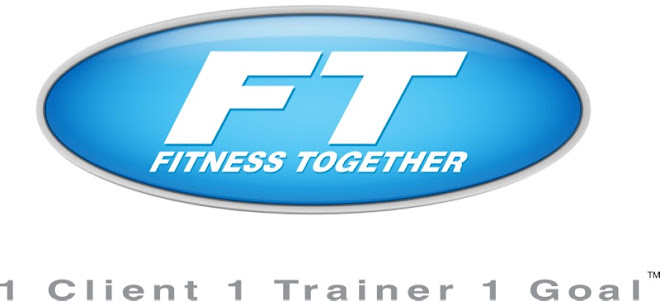



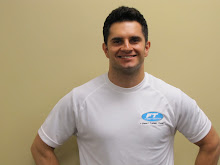

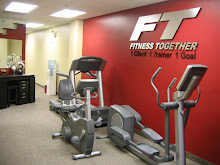
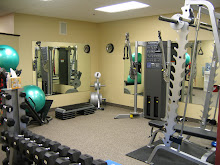
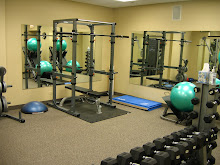
No comments:
Post a Comment